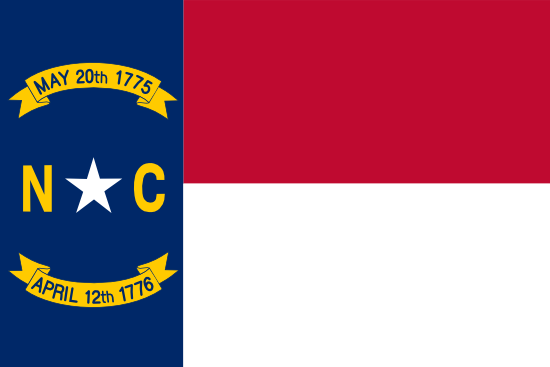
Greensboro
- County:
- Guilford County
- County Seat:
- Yes
- Area (mi²):
- 134.744
- State:
- North Carolina
Greensboro is a city located in Guilford County, North Carolina. Greensboro has a 2025 population of 307,381 . It is also the county seat of Guilford County . Greensboro is currently growing at a rate of 1.15% annually and its population has increased by 3.89% since the most recent census, which recorded a population of 295,873 in 2020.
The median household income in Greensboro is $58,884 with a poverty rate of 18.41%. The median age in Greensboro is 34.1 years: 32.5 years for males, and 35.2 years for females. For every 100 females there are 86.0 males.